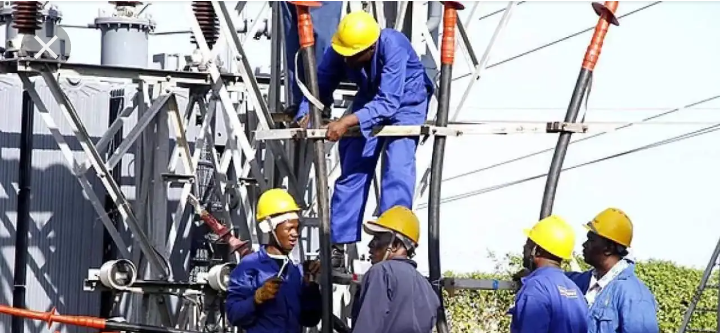
Future Is Internet As KPLC Rolls Out Grand Plan To Connect Rural To Fast Internet.
Kenya Power rolls out a massive plan to connect millions of its customers in rural homes with high-speed Internet as part of a fresh plan to capitalise on burgeoning mobile data usage in the country and grow new revenue streams.
This is a step up by the electricity distributor, which has been leasing fibre-optic cables attached to its transmission lines to Internet service providers.
Kenya Power said it would now directly target to connect rural customers with the Internet at a time it has expanded electricity penetration across the country by connecting millions of new homes in rural areas to its national grid.
This will see it take the battle for Internet customers to Telkom Kenya, Kenya Data Networks, Safaricom, Jamii Telecoms, AccessKenya, Essar Telecoms and Wananchi Group that have dominated the Internet market.
“In the medium to long-term, the company is exploring the lit fibre business to increase the penetration of internet connectivity, particularly in the rural areas,” said Kenya Power in its latest annual report.
The plan that could rattle Internet Service Providers (ISPs) that have been riding on the Kenya Power network to sell Internet gives the electricity distributor a head-start in the race for connecting rural homes with the Internet as it would ride on its electricity transmission network to link fibre networks to homes.
Currently, ISPs have been relying on Kenya Power’s expansive power transmission network to give them access to the nearly eight million electricity customers and substantially reduce the cost of expensive infrastructure support involving the digging of trenches to lay terrestrial cables.
In 2010, Kenya Power signed a 20-year lease agreement worth $3.8 million (Sh421 million) with Safaricom for use of a pair of fibre cables. It also inked deals with telecoms firms Wananchi Group and Jamii Telecommunications with each signing five-year leases worth a total of $3.6 million (Sh403 million).
“The company’s extensive fibre network presently offers dark fibre services to the country’s major ISPs to facilitate the provision of Internet services to the end buyer in the retail and enterprise segments across the country and neighbouring countries,” said the utility company.
Kenya Power customers stood at 8,278,203 at the end of June 2021, pointing to a huge pool of clients.
The majority of Kenya’s ISPs do not have the capacity to supply downstream consumers with fibre optic bandwidth, leaving room for a few players, who may use the advantage to keep prices high. The ISPs charge between Sh1,000 and up to Sh5,000 monthly to connect customers in rural homes.
Connecting consumers to the fibre-optic platform requires an elaborate terrestrial network that only a few companies can build and run profitably.
Only a few players like Telkom Kenya, Kenya Data Networks and Safaricom have invested in the national terrestrial network and supporting platforms that can be used to offer the last-mile connection countrywide. This means that millions of Kenyans in rural areas, who have been waiting for better Internet speeds and lower charges of data and voice services, have had to wait longer.
High-speed Internet was expected to spur e-commerce among rural folk who have been left out of the digital revolution because of poor infrastructure and the high cost of satellite-based platforms.
Industry statistics show that Nairobi and Mombasa alone account for 90 percent of Kenya’s three million Internet users and that the battle for market share is still concentrated around the countries main two cities.
To access high-speed Internet through the undersea fibre optic cables, consumers must be hooked to any of the metro fibre rings from the nearest node if they are not within the buildings or route covered by the cable.
Such connection, however, comes at an extra cost to the client who must buy the necessary infrastructure.
Alternatively, consumers can use radio technology to connect to an ISP’s fibre network.
Industry experts say the difference in speeds between the first option and the second one is 10 milliseconds latency and removing the necessity to invest huge sums of money in buying the last-mile fibre connection.
Safaricom said recently it would increase its fifth-generation (5G) sites to 200 by the end of the year and commercialise the super-fast services in 2022.
The leading telco, which in March launched the 5G technology with 15 sites, says it wants to take high-speed Internet to additional towns.
At the end of March, Safaricom had 5,526 2G base stations and 5,500 for 3G. Its 4G base stations grew 24.1 percent to 5,387, indicating that the telco is also deepening the focus on fourth-generation sites.
Both Safaricom and its closest rival Airtel Kenya are in the race for the superfast Internet, with priority given to urban centres such as Nairobi.
Courtesy of Business Daily
